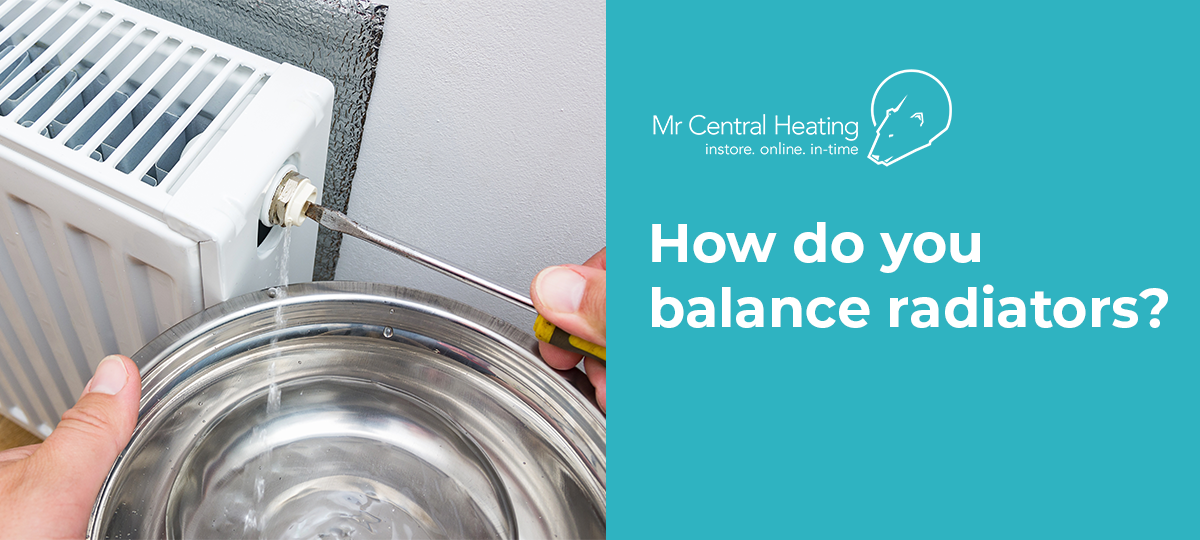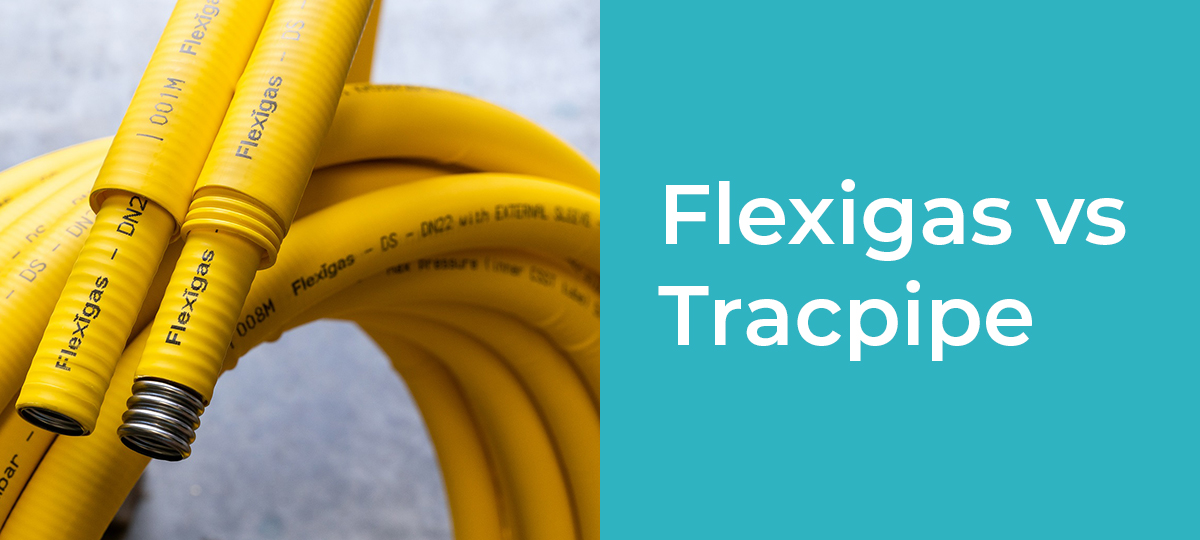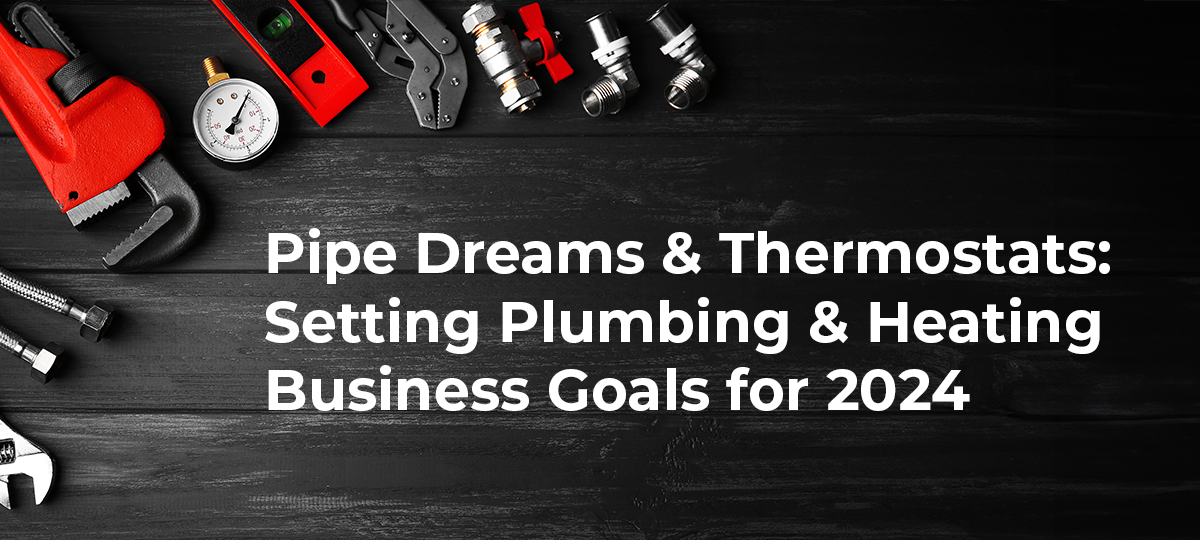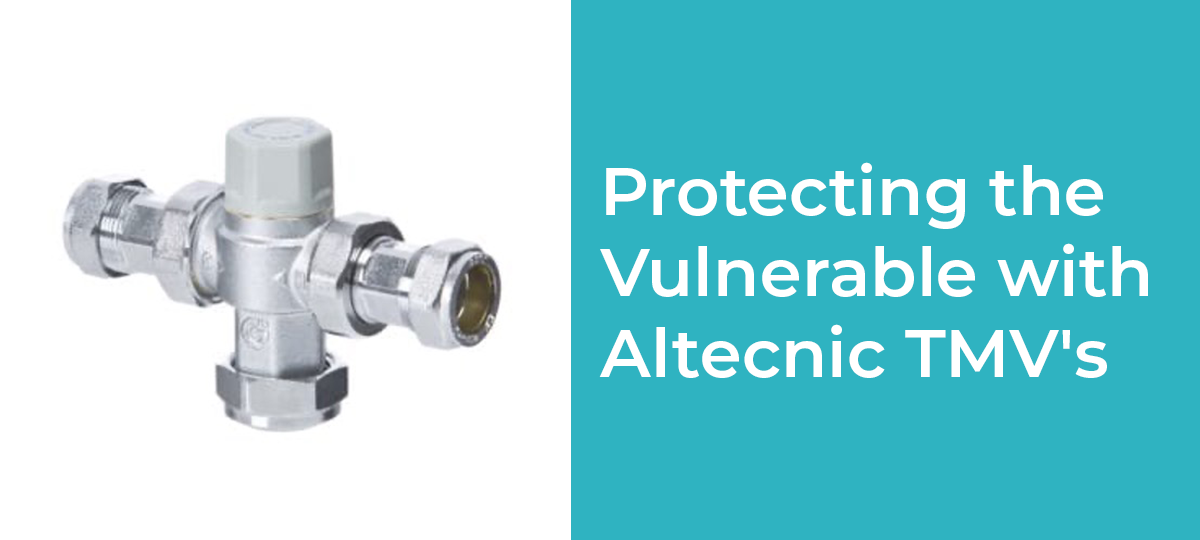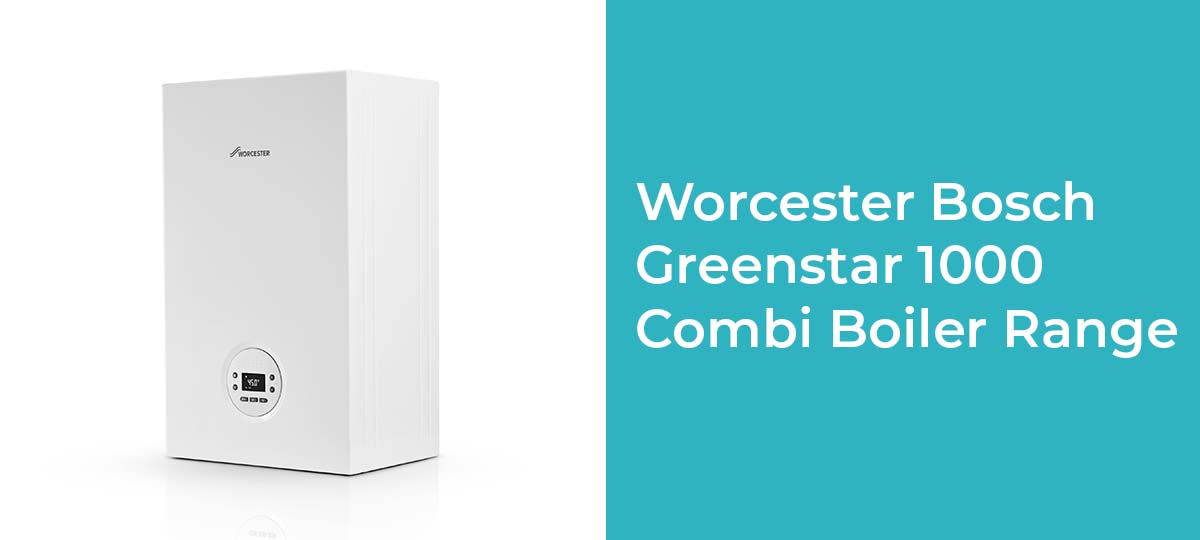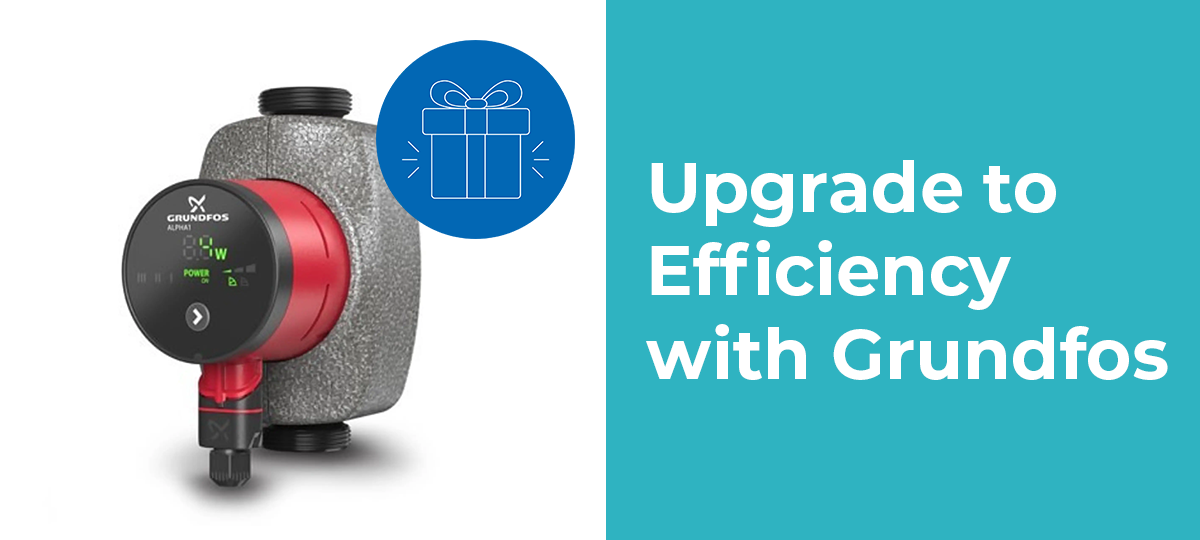
A guide to central heating terms, used in conversation and literature.
We have been around for a while and most of the guys and girls answering the phones and manning the trade counters have an average of over fifteen years of service with Mr Central Heating and there are lots of central heating terms and phrases that are just baffling to the normal person.
With all trades there is the difficulty of jargon and we try not to use it but it is still there so here is a quick guide to the top used phrases relating to home heating.
 Combi Boiler -
Combi Boiler - Probably what most people need in their house or flat and has become one of the most popular types of boilers in the UK accounting for about 80% of all sales. The combination boiler provides you with instantaneous hot water via the hot tap and also heats your central heating from one appliance. The combi boiler's hot water system will use cold water direct from the cold water main.
A great system that needs radiators or towel rail but does not require a water tank / hot water cylinder. It's a space saver as well because the hot water storage tank takes up a lot of room. The combi boiler is available in a number of outputs to give variable hot water delivery. Combi boiler is probably one of the most commonly used central heating terms in the industry.
Flow rate – This to do with a combination boiler and provides a figure on the performance of the hot water delivery. Basically it indicates the flow of hot water from the tap by a boiler.
The more flow rate is governed by the more output or BTU/KW to hot water.
DHW or domestic hot water – This indicated what side of the system we are talking about. The central heating or CH is one aspect of the system and the hot water is another. In relation to combi boilers acts as a water heater and the hot water is produced within the unit whereas in conventional systems the hot water is held within a storage cylinder which may also have an immersion heater installed. A full description off
what constitutes DHW can be found on Wikipedia.
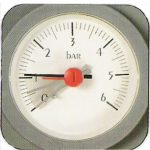 Bar pressure
Bar pressure – this is again very much related to Combi boilers as they have a sealed heating circuit. The pressure is shown on a pressure gauge alongside the boiler and heating controls and the boiler need adequate bar pressure to work (not to be confused with mains water pressure).
You can also have sealed systems and System boilers that as the name suggests are closed and require a gauge to display the bar pressure.
Condensate pipe – This term became infamous a few years back when we had a really bad frost and weather in the British isles. It was also the introduction of condensing boilers and combined with sub-zero temperatures meant lots of call outs. The condense pipe allows the bi-product, condensate or alkaline water supply to be disposed of. Normally into a drain or soakaway it can freeze so adequate precaution should be taken if there is likelihood. Central heating system terms like this have become far more common since the energy efficiency and building regulations standards of boilers changed a few years ago.
Flue pipe – All boilers require a flue and if you do not purchase one with a boiler then you may find you are missing a vital component.
A flue allows the thermal energy emissions (carbon monoxide, and not carbon dioxide which is commonly confused) to vent to the outside properly and each manufacturer has its own flue kit and flue accessories.
These are just a few of the popular phrases that get used every day in the heating and hot water world. Please do not get baffled and if you are unsure just give us a ring, we are not precious about terminology we just want to make sure that you get the right product at the right price and are totally independent and do not have targets to hit.
Thermostatic Radiator Valve (TRV) - A Thermostatic Radiator Valve is a device that is attached to your radiator that allows you to set the temperature of individual radiators in your central heating system without the need to always alter the room thermostat.
Find out about Central heating terms and all things heat related, from water tanks to underfloor heating, boilers, accessories and more, by reading our
blog, or viewing our
FAQs.











 Combi Boiler - Probably what most people need in their house or flat and has become one of the most popular types of boilers in the UK accounting for about 80% of all sales. The combination boiler provides you with instantaneous hot water via the hot tap and also heats your central heating from one appliance. The combi boiler's hot water system will use cold water direct from the cold water main.
A great system that needs radiators or towel rail but does not require a water tank / hot water cylinder. It's a space saver as well because the hot water storage tank takes up a lot of room. The combi boiler is available in a number of outputs to give variable hot water delivery. Combi boiler is probably one of the most commonly used central heating terms in the industry.
Combi Boiler - Probably what most people need in their house or flat and has become one of the most popular types of boilers in the UK accounting for about 80% of all sales. The combination boiler provides you with instantaneous hot water via the hot tap and also heats your central heating from one appliance. The combi boiler's hot water system will use cold water direct from the cold water main.
A great system that needs radiators or towel rail but does not require a water tank / hot water cylinder. It's a space saver as well because the hot water storage tank takes up a lot of room. The combi boiler is available in a number of outputs to give variable hot water delivery. Combi boiler is probably one of the most commonly used central heating terms in the industry.
 Bar pressure – this is again very much related to Combi boilers as they have a sealed heating circuit. The pressure is shown on a pressure gauge alongside the boiler and heating controls and the boiler need adequate bar pressure to work (not to be confused with mains water pressure).
You can also have sealed systems and System boilers that as the name suggests are closed and require a gauge to display the bar pressure.
Bar pressure – this is again very much related to Combi boilers as they have a sealed heating circuit. The pressure is shown on a pressure gauge alongside the boiler and heating controls and the boiler need adequate bar pressure to work (not to be confused with mains water pressure).
You can also have sealed systems and System boilers that as the name suggests are closed and require a gauge to display the bar pressure.
